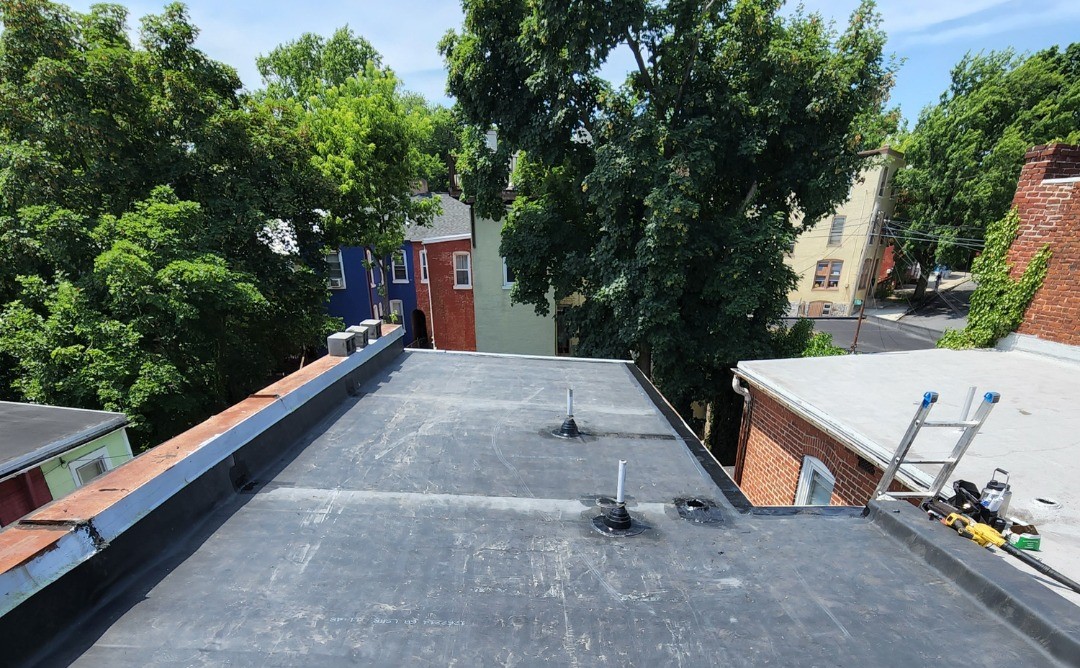Lancaster city government and the nonprofit Tenfold are collaborating to launch an expansion of the city’s home repair assistance program.
The initiative will provide low-interest loans to cover critical home repairs for households earning up to 120% of area median income — that is, up to $114,600 for a family of four.

Eligible projects include anything that directly affects habitability, said Craig Walt, chief of the city’s bureau of lead safety & community development: Roof leaks, structural problems or faulty heating, electrical or plumbing systems.
Tenfold will receive and review applications and handle administration. The city’s Healthy Homes office will handle project management, including contractor selection and oversight.
The money will come from a revolving loan fund. Last week, City Council approved the transfer of $250,000 from Lancaster’s enterprise loan fund to capitalize it.
The city and Tenfold plan to finalize their agreement in March and roll out the program in the spring, Walt said.
Keeping homes habitable
Critical repair programs are part of Lancaster’s overall strategy to maintain its stock of affordable housing, and its comprehensive plan calls for expanding them. The initiative with Tenfold fills a gap in the city’s existing array of supports, Walt said.
Lancaster has had an existing critical repair program for households earning up to 80% of area median income or AMI — $76,400 for a family of four. That program is continuing, Walt said.
Lancaster County’s Whole Home Repairs program also provides grants of up to $25,000 for homeowners earning up to 80% of AMI. It currently is not accepting applications while it works through a backlog of projects, but officials say they hope to reopen in spring. Its funding comes from Pennsylvania’s federal American Rescue Plan Act allocation.
The city also can use federal “Healthy Home” funds to address certain critical repairs in conjunction with its lead hazard remediation program, which is also federally funded.
The expansion is targeted primarily at households in the 80% to 120% AMI window, Walt said: Experience has shown that they, too, also struggle to afford necessary repairs and would benefit from assistance. It will also be possible for lower-income households to obtain a loan to supplement a grant received through the existing program, he said.
The maximum loan will be $20,000, he said, with a median of $8,000 to $10,000, suggesting there will be enough funding to cover about 25 projects.
The city and Tenfold anticipate disbursing those loans over a roughly two-year “pilot” phase; revenue from repayments would replenish the fund to cover additional loans thereafter.
Program administration
Loan applicants will go through an underwriting process, but repayment plans will be affordable, so credit requirements will be less stringent than they would be for a conventional bank loan. Interest rates will start at 3% for households at 80% of area median income or below, and 5% above 80% AMI. They may be adjusted in future, but will be kept below prevailing rates.
Tenfold and the city anticipate collecting around $15,000 to $20,000 in origination fees to cover administrative costs.
Tenfold already offers similar services, such as the SoWe Affordable Home Repair program. The new program will be folded in with them, and Tenfold does not anticipate needing to hire additional staff, Chief Community Investment Officer Wilfred Bentley said.
The program would not be possible without Tenfold’s partnership, Mayor Danene Sorace said.
“This is really making it possible for people to stay in their homes,” she said.
The Enterprise Loan Fund was established to assist small businesses, but the city has been drawing on it for other purposes as well. In January, City Council transferred $750,000 from it to an assistance fund for curb and sidewalk repairs. Those repairs are property owners’ responsibility and can be expensive; the fund allows the city to cover the costs up front and receive reimbursement from homeowners over time.
Following that transfer and the $250,000 withdrawal for the critical repair program, the fund’s remaining balance is about $1.3 million. It is expecting principal and interest payments of about $650,000 through 2026, the city said.






